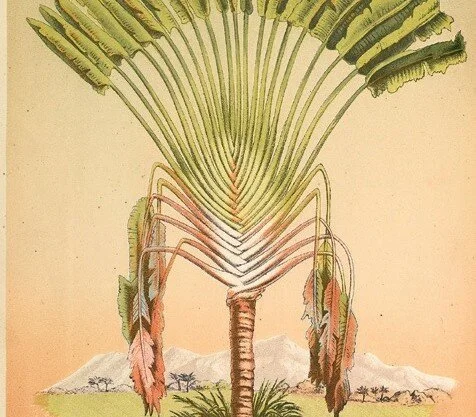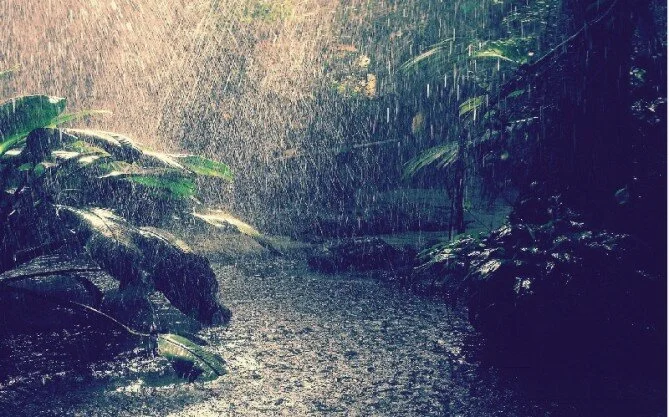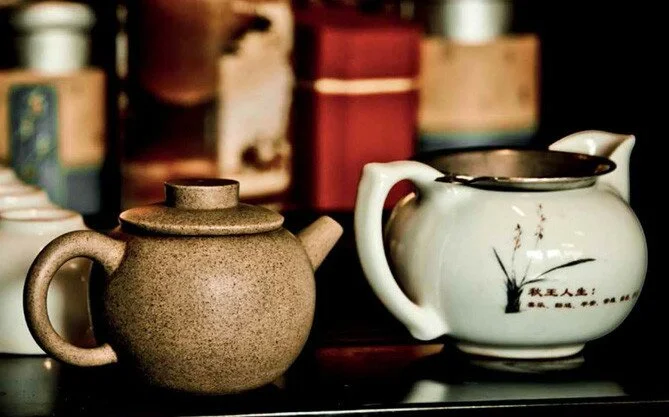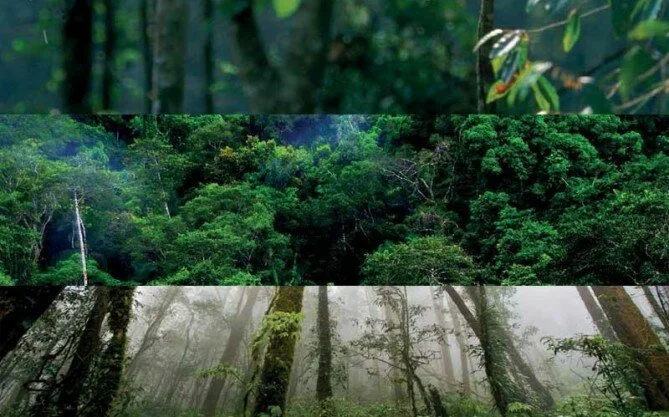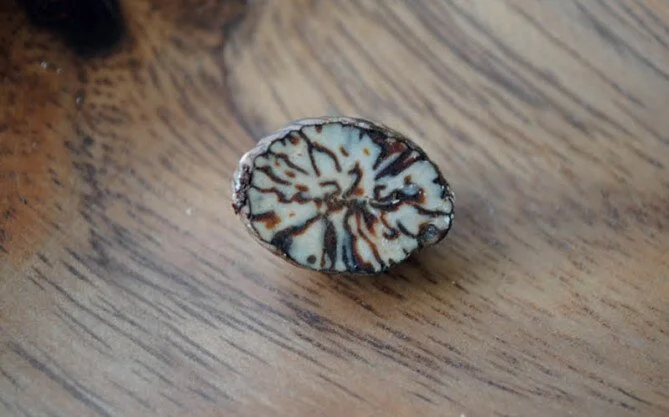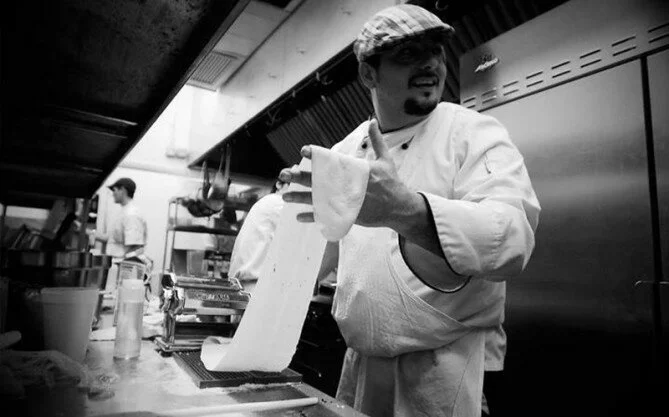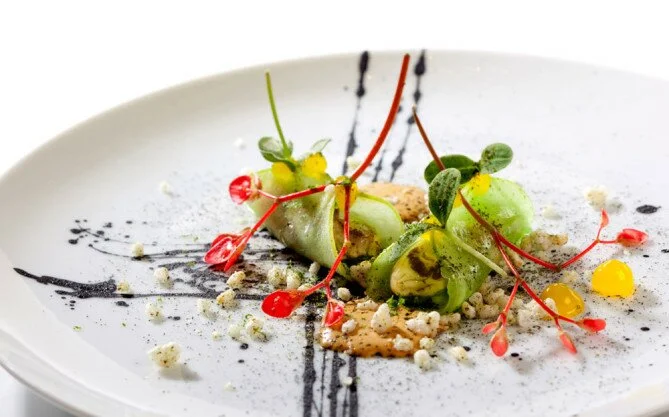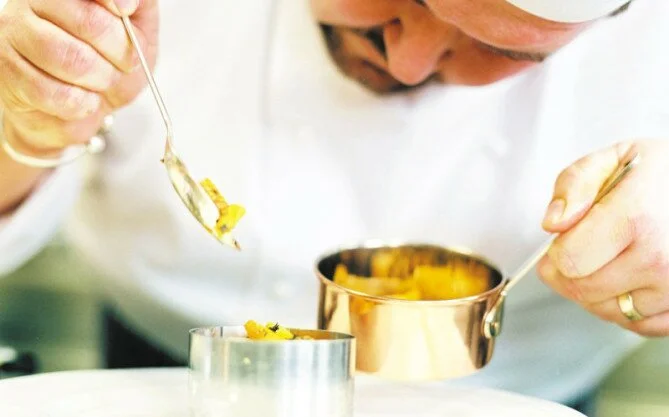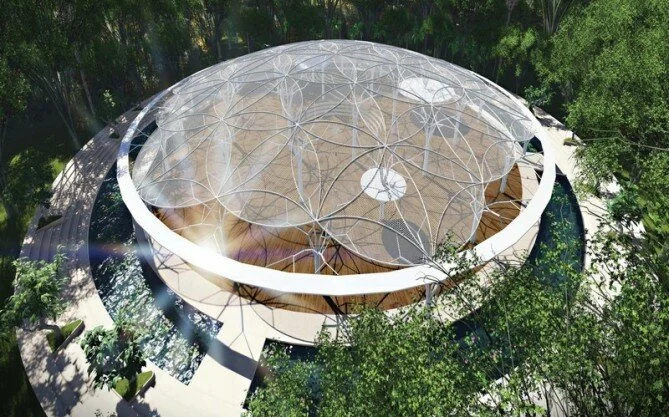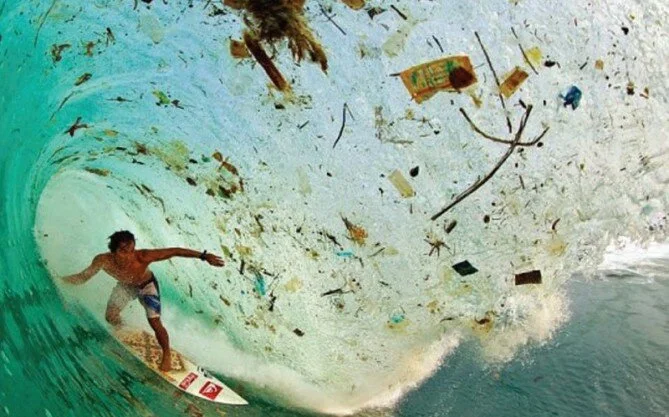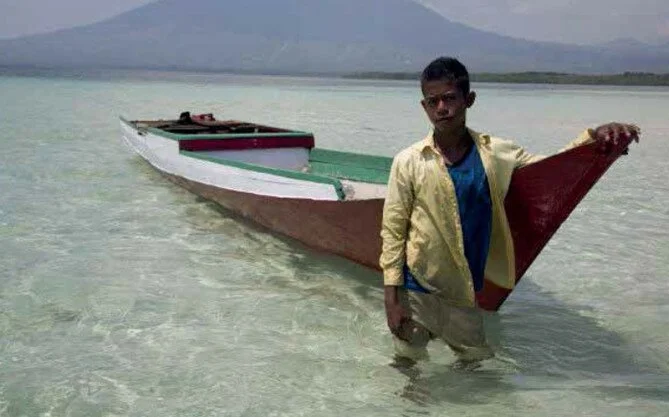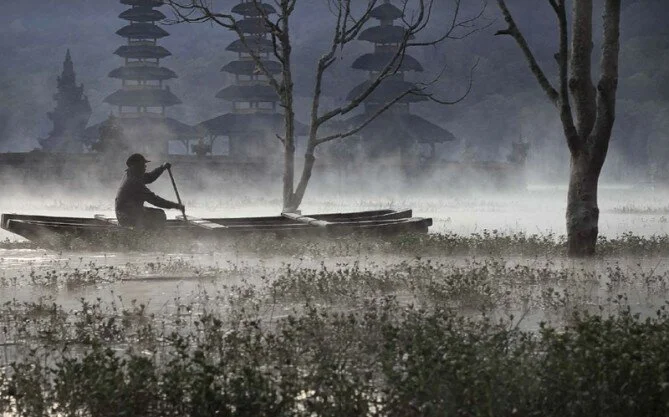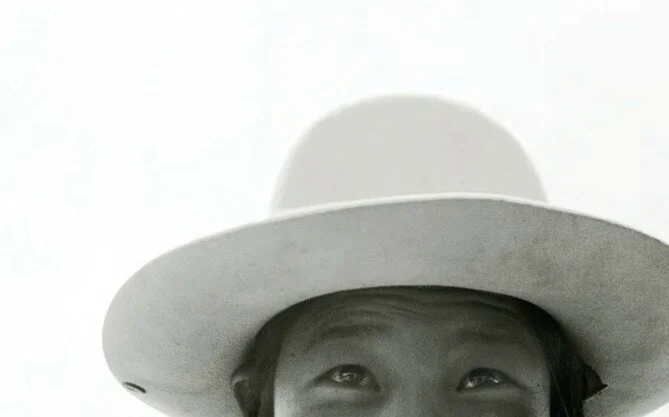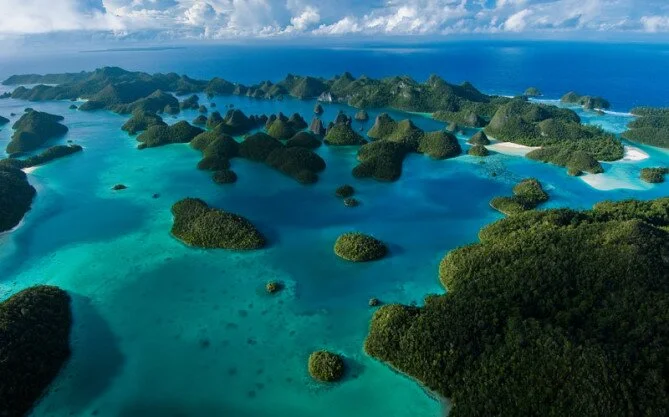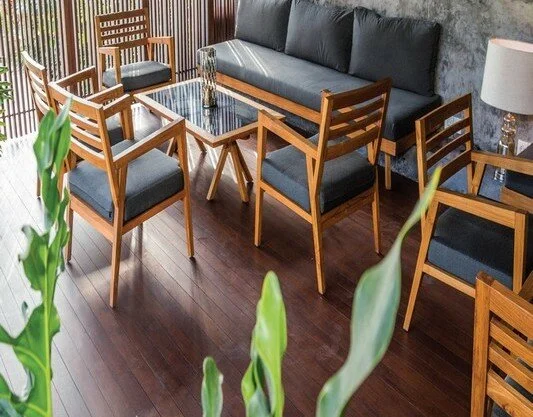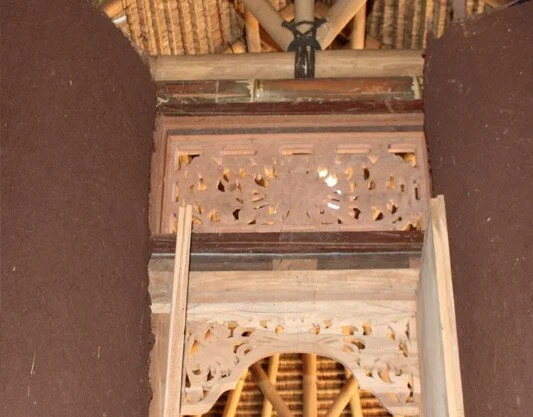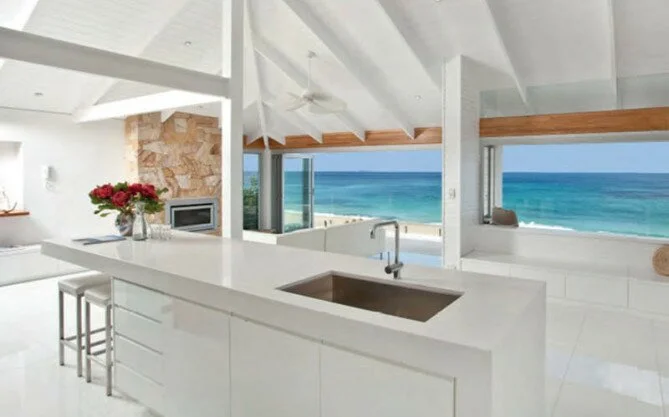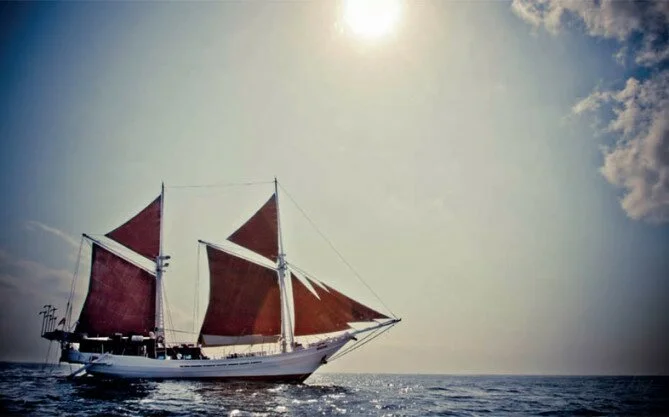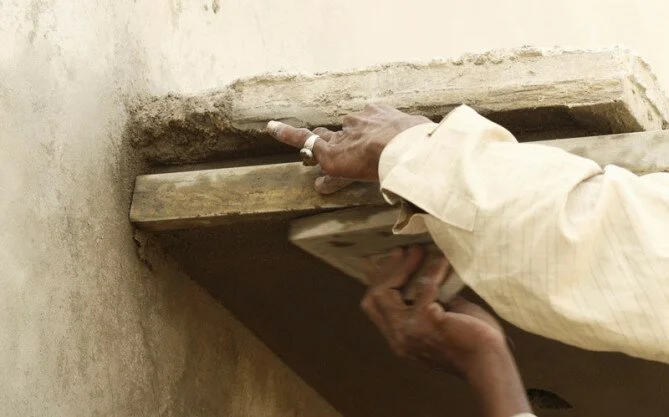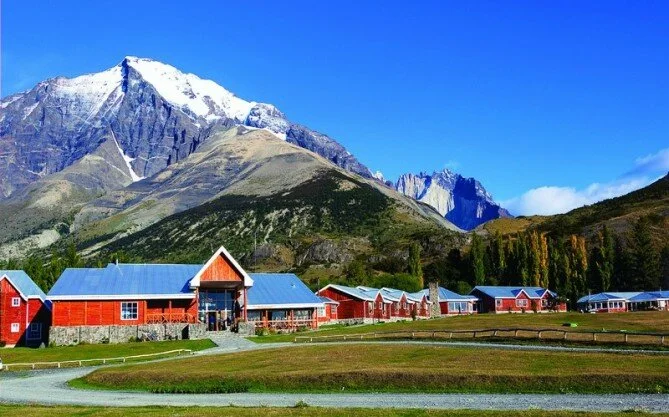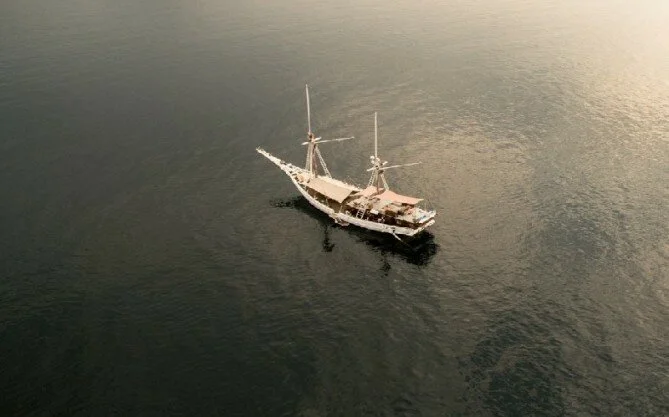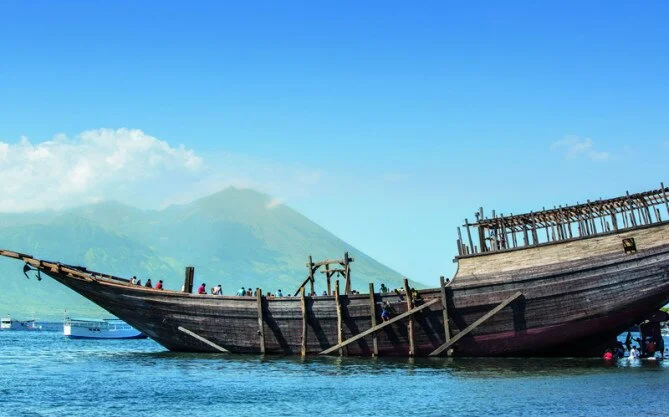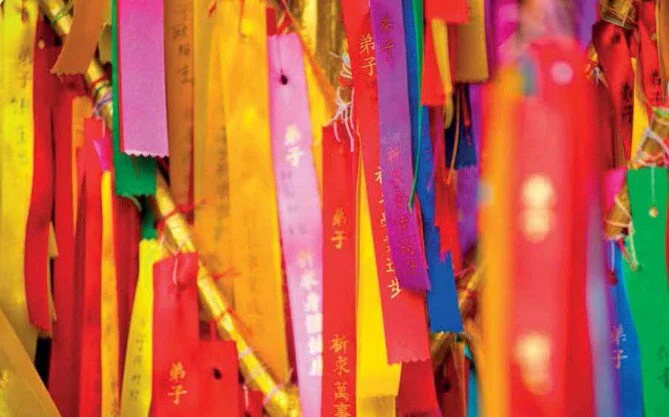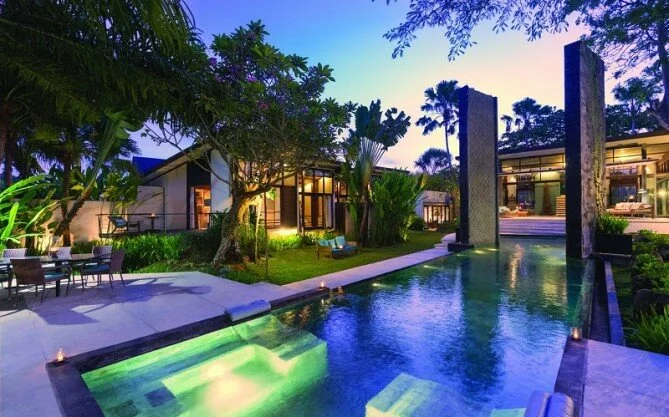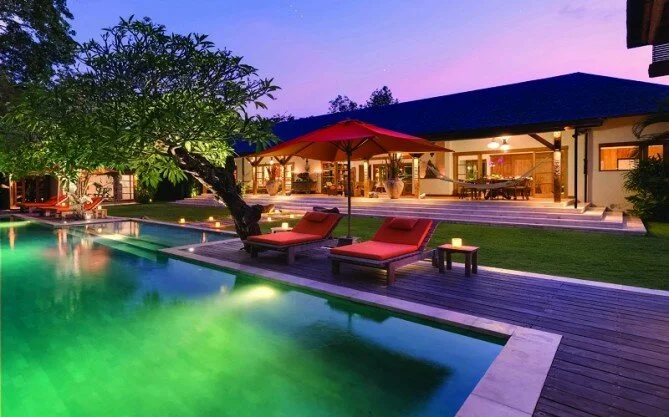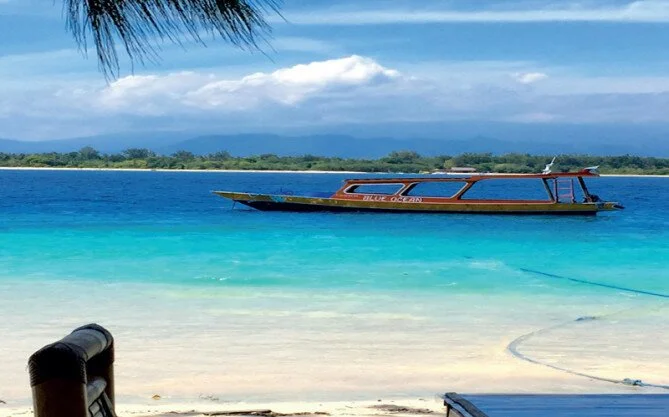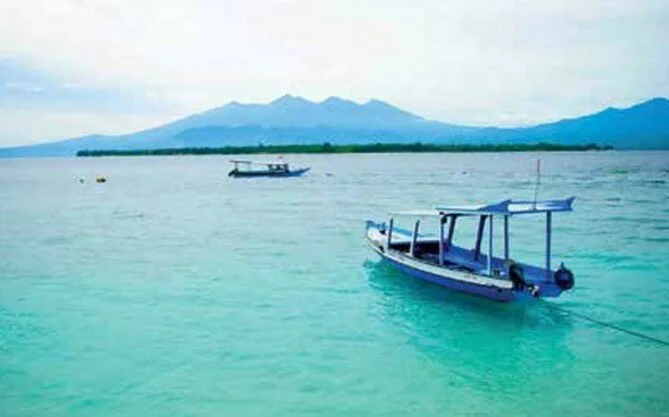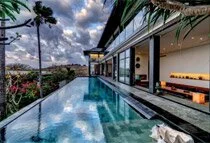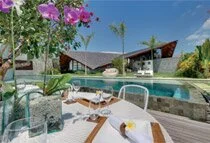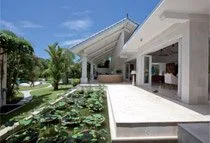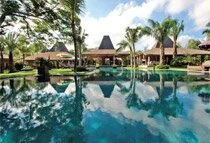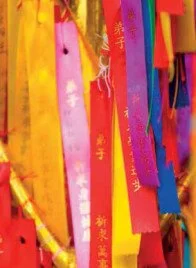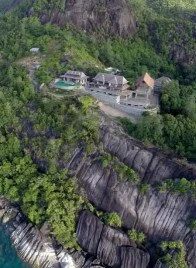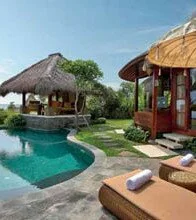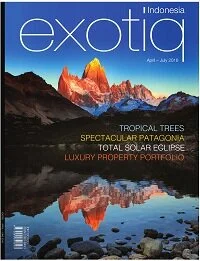Poverty, a scarcity of resources, and a host of issues that stem from gender discrimination have plagued the remote and unspoiled East Flores region – but the work of one organisation is radically changing the lives of the women who live there and the communities which surround them.
Access to electricity in remote East Flores ranges from unreliable to non-existent, but the frequent blackouts are now giving some local women a reason to smile. By selling simple solar lanterns, these women are not only boosting their income, they are also improving the quality of life of their entire community. One of these ‘micro-social entrepreneurs’ is Kamsinah Palan Bolen (Kak Bolen), who sells solar lanterns, water filters and fuel-efficient cookstoves in her village on Adonara Island. Kak Bolen gained access to these echnologies through Kopernik, an Indonesiabased organisation working to connect simple technology with last-mile communities to reduce poverty. Through Kopernik’s Wonder Women initiative, Kak Bolen joined a training program to become a Tech Agent, developing the skills to successfully sell technologies and manage her own business.
Working as a Tech Agent allows her to live independently and serve as an inspiration for other women in her community. She has even used some of the money to help her niece graduate from university. But Kak Bolen says the greatest satisfaction comes from knowing that she is dramatically improving the lives of those in her community. “What I do is small, but it benefits so many. It opens minds for the community to take care of the environment, save money for daily needs, and plan for the future,” she says. “I want to dedicate my life to the community. I want all of us to live a better life.” A better life is a dream for many in East Flores. This eastern Indonesian regency is plagued by problems which exacerbate poverty. Most families rely on subsistence agriculture, but drought, disease and pests often cause crops to fail. Roads, where they exist, are in varying states of disrepair, isolating villages. The region has one of the lowest rates of access to improved water sources, and one of the highest rates of child stunting of all Indonesia. The challenges seem to pile on top of each other: volcanic eruptions, a malaria epidemic, a rabies outbreak and land conflict in the past few years alone.
To escape grinding poverty, people often leave East Flores to earn a living through migrant work, particularly in he Malaysian region of Sabah. Many men never return, abandoning their wives. But the Indonesian government does not recognise these women as household heads – according to Indonesian law, the head of a household must be a man. This means that women who have been abandoned, widowed, divorced or separated from their husbands can’t access many government services and poverty alleviation programs. Life in East Flores is pretty tough, life in East Flores for women without husbands is even tougher. You have to be pretty resilient to survive. Kopernik has partnered with PEKKA, an Indonesian association for women-headed households, to help 36 women in East Flores become Tech Agents. Across Indonesia, 300 women have participated in Tech Agents training to sell simple technologies where they are needed the most. To date, they have sold more than 10,000 clean energy technologies, reducing carbon emissions by an estimated 5,000 tonnes.
- A Neglected Region on the Verge of Change
- A Neglected Region on the Verge of Change
- A Neglected Region on the Verge of Change
- A Neglected Region on the Verge of Change
- A Neglected Region on the Verge of Change
Kopernik’s Wonder Women initiative uses philanthropic support to fund the upfront cost of sending technology to ‘the last mile’. The women participate in Tech Agent training in technology use and maintenance, business planning and financial management, sales and marketing, and public speaking. They receive the technologies on consignment, and
earn a commission on every sale. As the products are sold, the money is reinvested in more technology to help more people. Through this micro-consignment model, supported by crowd-funded donations, these Wonder Women are at the forefront of a renewable economy.
Impact assessments conducted by Kopernik suggest the women are transforming their lives in constructive and meaningful ways. On average, Tech Agents have increased their monthly income by 30%, and are spending their extra income on food for their families (58% of the women), followed by education for themselves and their children (40%) and expanding their businesses (30%). Two thirds of the women surveyed feel that their status in the
community has improved.
Looking forward, Kopernik plans to expand this initiative to 10 more provinces in eastern Indonesia – aiming to empower 500 women to sell 56,000 technologies by 2017. And women will remain the number one priority, says Tomohiro Hamakawa, performance and monitoring lead of Kopernik’s Women’s Economic Empowerment initiative in Eastern Indonesia. “Energy is often the domain of women’s activities all over the world including in Indonesia. The use of these products is dependent on women in these households….that is why we target women as the promoters and agents of change.”
Kopernik’s Wonder Women initiative was recently awarded a Momentum for Change award at the United Nations Climate Change Conference in Lima, Peru, recognising innovative and transformative solutions that address both climate change and broader economic and social challenges. Kak Bolen’s dedication to empowering others was recognised by Kopernik with an invitation to travel to Peru to accept the award on behalf of the organisation. But Kopernik co-founder Ewa Wojkowska says all the women who take part in the Wonder Women initiative are superheros. “These women are really inspirational, in fact we call the program ‘Ibu Inspirasi’ in Indonesian, meaning inspirational women and mothers. In English, we call them ‘Wonder Women.’ And the women are really superheros in their village and in their communities. They’ve providing access to technologies which really improve people’s lives”.
- A Neglected Region on the Verge of Change
- A Neglected Region on the Verge of Change
- A Neglected Region on the Verge of Change
- A Neglected Region on the Verge of Change
MITCHELL RYAN
Tech Kiosk Ubud by Kopernik sells solar lights, water filters and other eco-friendly, moneysaving technologies: Jl Raya Pengosekan, Ubud, Bali, near ARMA museum. Phone: +62 (0)361 97 72 33 Website: www.kopernik.info

